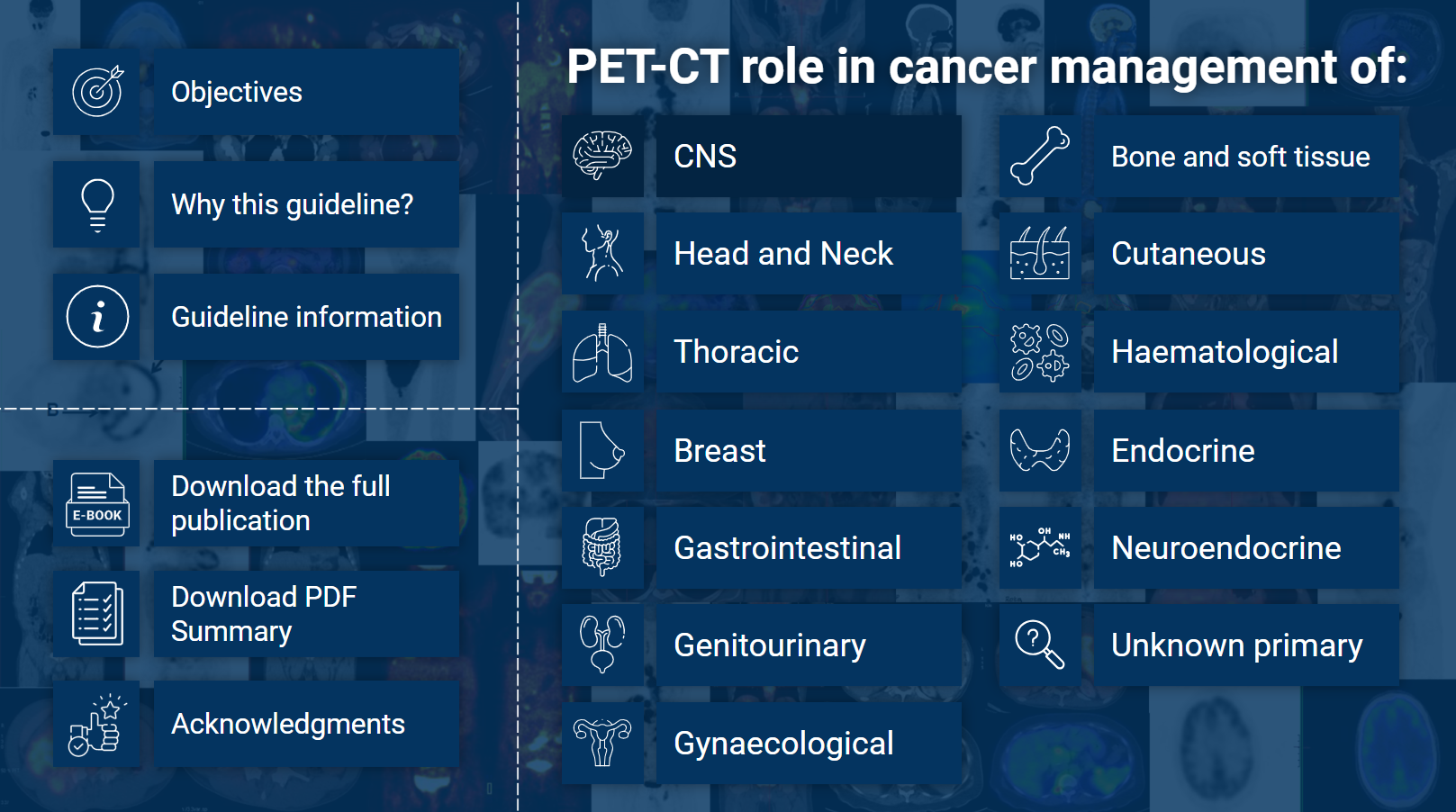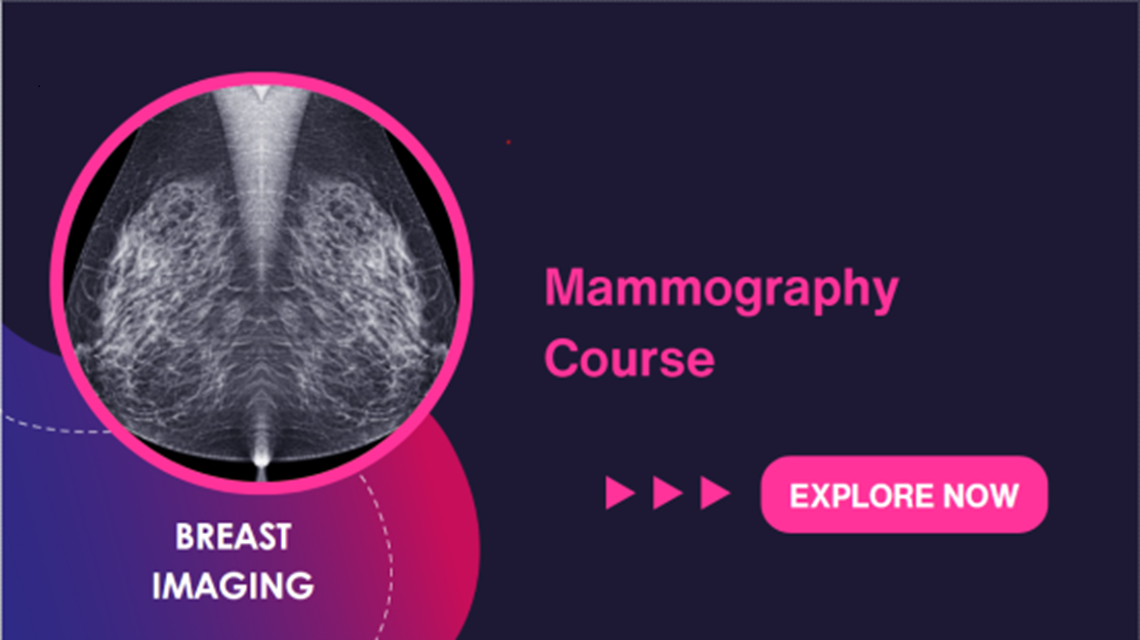The IAEA has released a new e-learning course to help medical imaging specialists, oncologists and policymakers use a diagnostic tool that combines positron emission tomography and computed tomography (PET-CT) in the management of cancer patients.
The course, which is based on the evidence and consensus guidelines from the IAEA’s human health programme, aims to ensure that PET-CT is used optimally and appropriately in clinical settings.





